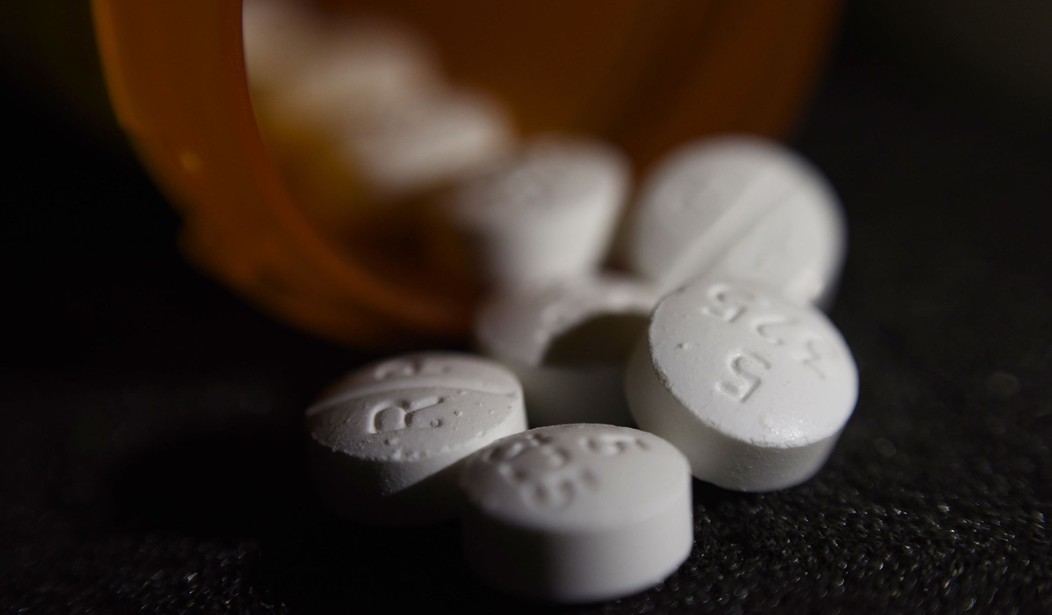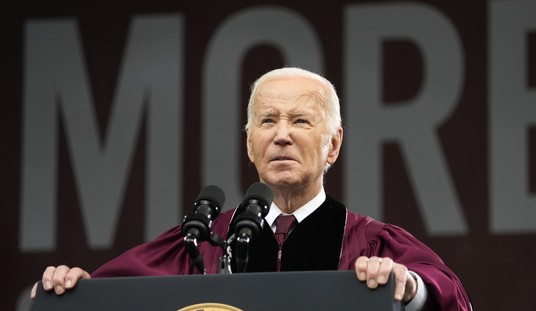Real hope exists in addressing the drug crisis, but this is no time for celebration. Fatal opioid overdoses on Long Island fell by 24 percent last year, due chiefly to three factors – renewed focus on access to drug treatment, increased law enforcement, and use of life-saving naloxone, which reverses overdoes on site. This news is welcome – but let’s not kid ourselves: The drug crisis continues apace, with tens of thousands of young people still dying annually across the nation. Greater focus is needed.
Close to where I live, Suffolk County reported 308 fatal overdoses last year, a drop of 24.9 percent over 2017. To this, add 121 suspected overdose deaths, and deaths which may not have come up as overdoes but were related, such as drugged driving. In nearby Nassau County, 147 died of overdoses, a drop of 20.1 percent. Tackling these problems with determination are County Executive Steve Ballone, and District Attorney Tim Sini, but they cannot solve this problem alone.
These modest declines, while hopeful, mask a sober shadow fact: The sharp rise in drug overdoses during the past 15 years is unprecedented. This in turn suggests that policy makers at the national level have taken their eyes off the ball – and need to recommit themselves to ending this national tragedy.
On the national level, total fatal overdoses reported by the CDC were estimated at 69,100 for 2018, after a run to 72,200 in 2017, but one has to ask – is this really progress? The number that gave people a scare in mid-2005 was 10,000 – while today we are experiencing seven times that number.
Looked at from another angle, use of naloxone is a life-saver – but does not represent life-changing substance abuse treatment. The role of this life-saving tool – which we did not have a few years ago – is to give those who overdoes a second chance. It does not stop craving, end addiction, or create a short-cut to undertaking serious, sustained treatment. Lives are lived and saved by inches. They are changed for the better with resolve, reinforcement, love and time.
Recommended
The drug crisis is complex, and requires an integrated answer. On one level we all know this. Most drugs abused in the United States come from abroad, ranging from heroin and cocaine to fentanyl, methamphetamine to synthetic opioids. Even marijuana is mostly foreign and more pure today than 30 years ago, altering neuro-receptors according to Harvard data, which spurs more dangerous drug use.
The foreign source piece means Congress and the Administration should focus energy and diplomacy on counter-narcotics abroad, as well as on alternative income streams. If we are negotiating with China on trade, add fentanyl; do not ignore it. If we are helping Colombia prepare for refugees from Venezuela, include ways to stop transshipment of heroin and cocaine. If we are talking with Mexico about immigration, do not omit coordinated efforts to stop drugs. To the family of an overdose victim, this is not a second tier issue.
But the biggest part of the drug crisis is right here – at home. Addiction is a trap and we need to educate young Americans more thoughtfully, offer fewer mixed messages, and stop first use, second use and addiction – which stops the heartbreak of overdoses for families. We can help each other by knowing facts, and teaching them. We did this well three decades ago – and now need to again.
We must also see the drug crisis in the context of a national need, assuring that as Congress adjusts and improves the ACA and our healthcare system generally, the ability to effectively address addiction must be fully integrated and available to all Americans. In that vein, it remains essential that we understand where the greatest needs are; among those at highest risk of addiction are combat veterans of all eras. The Veterans Administration has started to address their needs, but we can do far better – and must.
Finally, at the national level, we need to embrace, promote, authorize, appropriate money for, and systematically support state and local treatment services for families and individuals in crisis.
We can talk about a national crisis, but every overdose is an individual, family, and community crisis. The pain is incalculable. The shock does not retreat easily, sense of loss never does. These crises are life-changing, and that means that if we are serious we must embrace the pain, look for longer term answers, and understand the risks, options and obligations.
Most of all, the seemingly unshakable nature of this drug crisis – a dark force in our midst – means we must do two things with heart and constancy. First, we must care about each other, our communities, and work on ways to help each other locally to elevate awareness, stay informed and connected, confront the danger with resources available.
Second, we must push this to the top, openly speak and write, advocate and participate to get national leaders on this. The crisis is not over, not even close. To paraphrase Churchill, the latest numbers may be hopeful – but hardly offer a reason to declare victory. They are not the end, not even the beginning of the end; they may be the end of the beginning – but much remains ahead.
Our enduring obligation is to accept hope and hard news together – and work with new resolve to make the years just ahead far better – doggedly putting the drug crisis behind us. We owe this much and more to our future, and to those promising young Americans who will be that future. They are counting on us.
Perry Gershon is a widely recognized business leader and national commentator on business, trade, policy and politics. A congressional candidate for New York’s first district, he holds a B.A. from Yale and an M.B.A. from the Univ. of California, Berkeley.

























Join the conversation as a VIP Member